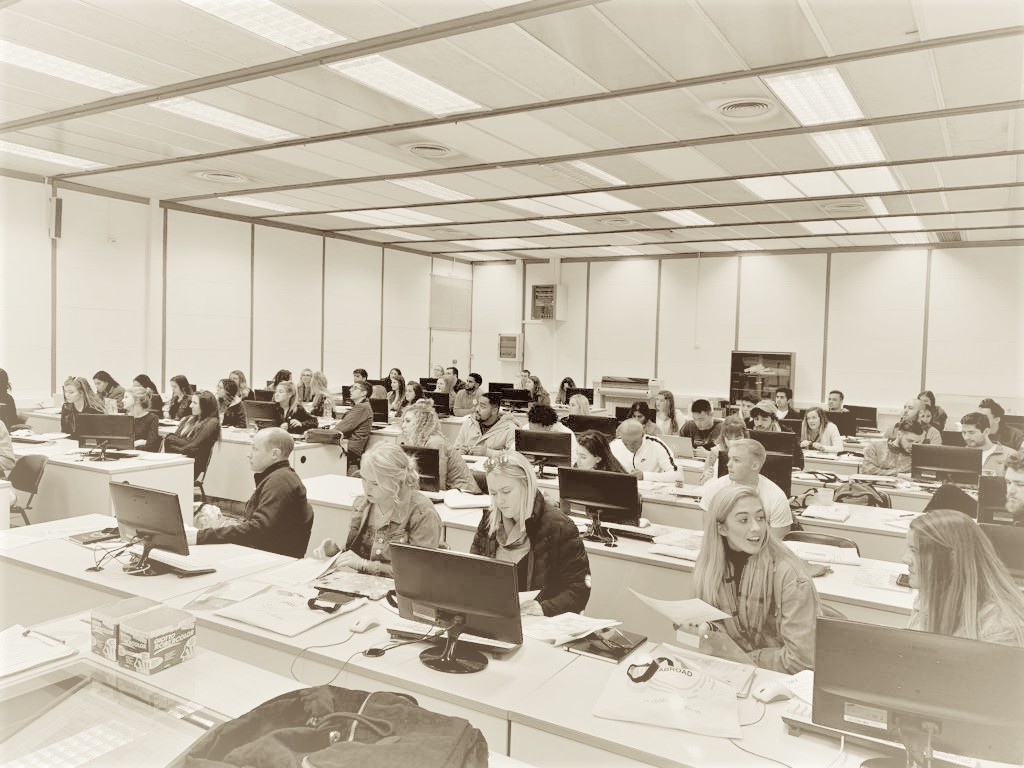
|
|

• Attendance
• Assessments
• Sexual Harassment Policy
• Students With Disabilities
• Academic Honesty Policy
• University Ombudsman
• Statement On Audio And Video Recording
• Syllabus Change Policy
(MATH) Ordinary Differential Equations
3 Credits | 300 Level | 45 Contact hours
Required Textbook: Elementary Differential Equation, 10th edition by Boyce & DiPrima (Wiley). We will cover Chapters 1-4 and 6-7
Differential equations provide realistic models of a great variety of systems in essentially all engineering and scientific disciplines. This course is an introduction to the techniques for solving such equations. During the course students learn how the mathematical properties of these equations and their solutions lead to deeper understanding of the corresponding systems and to more insightful modeling of those systems.
1. Upon successful completion of the course, students will:
2. Understand the basic concepts in differential equations such as: existence and uniqueness of solutions, non-linearity, continuous dependence of solutions on the initial conditions and the parameters of the equation, longterm behavior, and stability.
3. Master the mathematical techniques required to solve ordinary differential equations.
4. Pose physical problems and write them in the form of mathematical equations.
5. Determine which methods are suitable for solving equations arising from various applications, and then use those methods to solve the equations.
6. Evaluate and interpret the mathematical results obtained in the context of the physical process being studied and the model used.
1 Introduction
2 First Order Differential Equations
3 Second Order Linear Equations
4 Higher Order Linear Equations
5 Series Solutions of Second Order Linear Equations
6 The Laplace Transform
7 Systems of First Order Linear Equations
8 Numerical Methods
9 Nonlinear Differential Equations and Stability
Assessment system Weight
Class Participation: 10%
WeBWorK: 10%
Quizzes: 10%
Midterms: 45%
Final Exam: 25%
Attendance is mandatory to obtain the credits.
|
